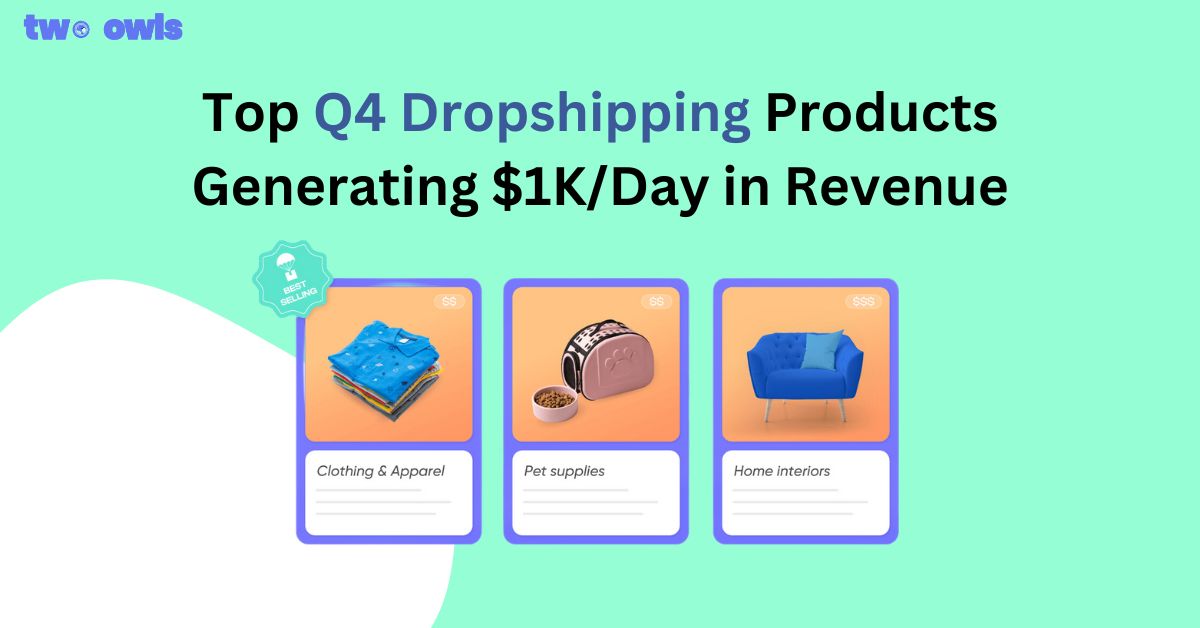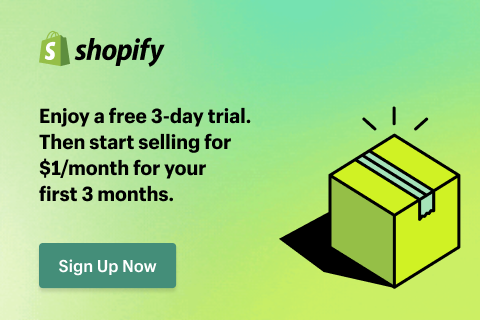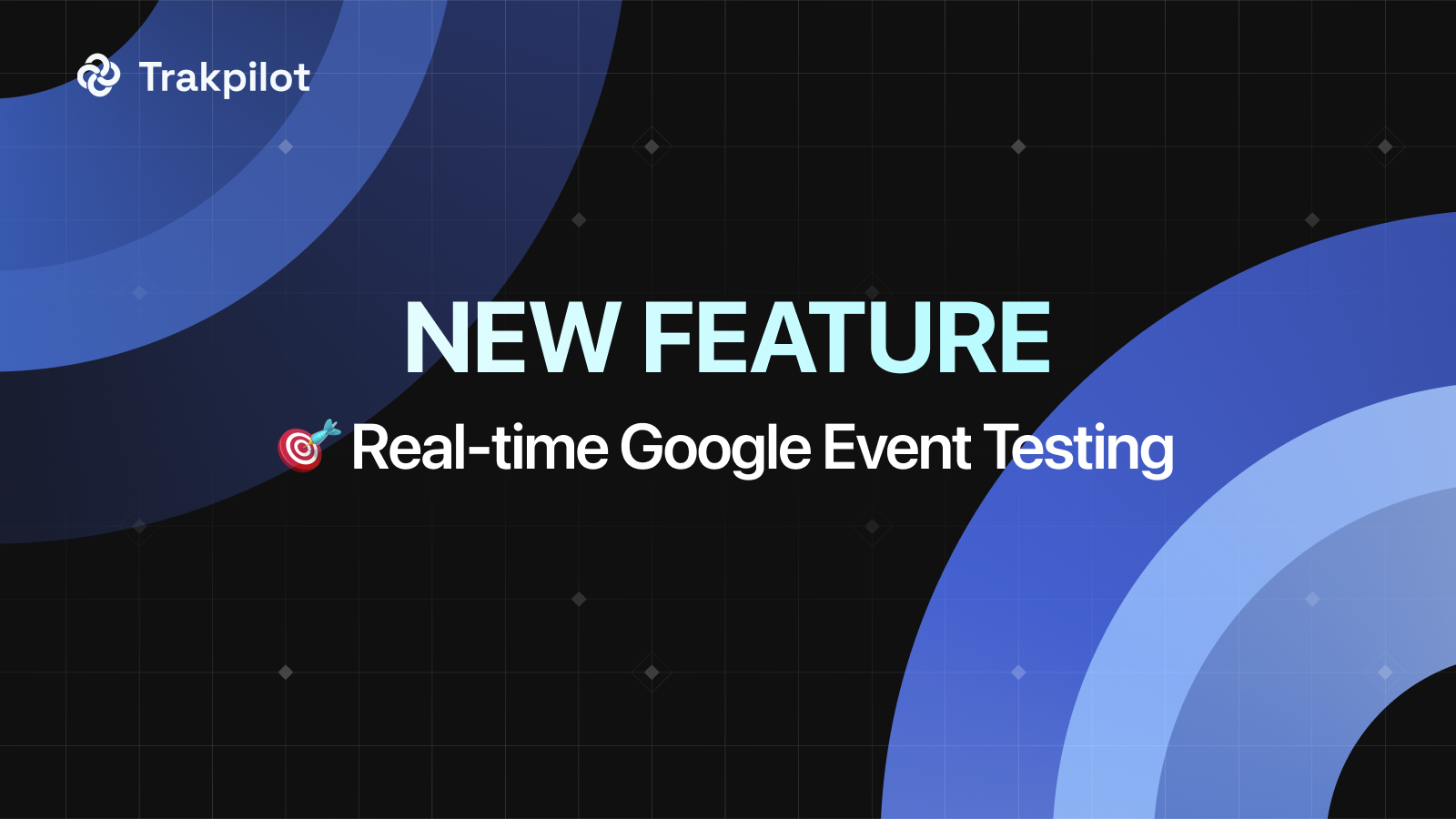CBO vs ABO: Which Is Best To Maximize Conversions In 2026
In the bustling world of online stores, nailing budget optimization is like discovering the golden ticket. It's your secret sauce for boosting returns on ad spend (ROAS). But here's the twist: should you go for Campaign Budget Optimization (CBO) or Ad Set Budget Optimization (ABO)? Each has its charms, and the one you pick can make a world of difference to your conversions. Let's dive into the CBO vs ABO showdown and unravel the marketing magic behind them!
CBO vs ABO: What are their differences?
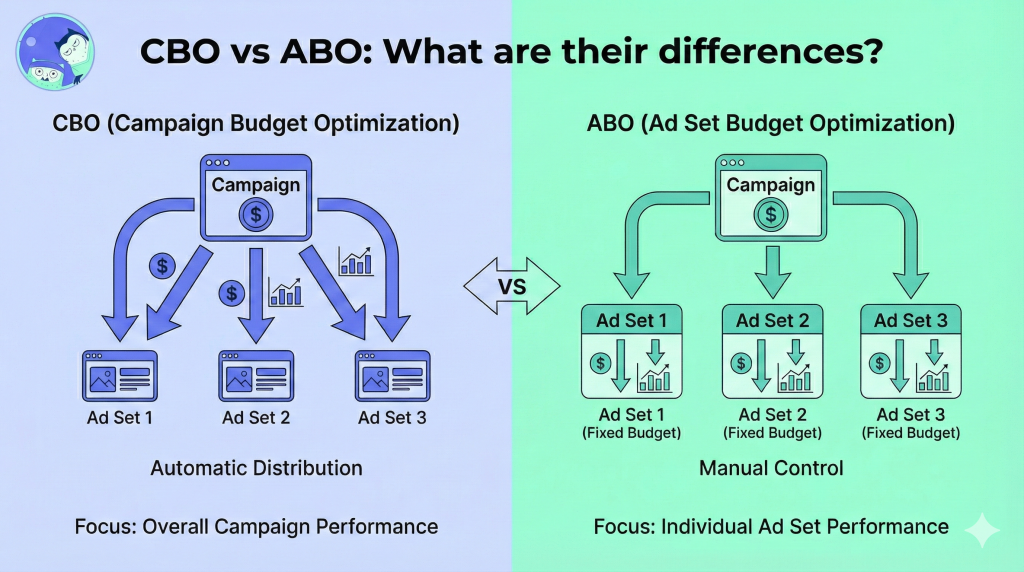
Before comparing the difference between CBO and ABO, let’s start with some basic understandings about what is CBO and ABO.
What is Facebook CBO?
CBO, or Facebook Campaign Budget Optimization, is a feature used in Facebook advertising. It allows advertisers to set a single budget at the campaign level, and then Facebook's algorithm automatically distributes that budget across the various ad sets within the campaign based on performance.
This optimization simplifies budget management and aims to maximize the overall performance of a campaign by allocating budget to the ad sets that are performing the best, ultimately helping advertisers achieve their desired results more efficiently.
For instance, imagine you're running a Facebook ad campaign for a clothing store. You have multiple ad sets targeting different audiences (men and women), and some are performing better than others. With CBO, you set an overall budget of 100 USD for the entire campaign.
CBO then dynamically allocates that budget to the ad sets that are driving the most sales or engagement. It's like having a top chef in a kitchen, distributing ingredients to where they're needed most. Your campaign becomes a well-oiled machine, optimizing your budget for maximum results. Voila!
Notably, as of February 2020, CBO became the automatic default configuration. This implies that any fresh campaigns generated would have been set to CBO by default.
What is Facebook ABO?
Unlike Campaign Budget Optimization (CBO), where you set a single budget for an entire campaign, ABO - Ad Set Budget Optimization allows advertisers to assign a specific budget to individual ad sets within a campaign.
This means that each ad set within the campaign has its own designated budget, providing more control over the allocation of budget to different targeting options or audiences.
Advertisers can use ABO when they want to have distinct budgets for specific ad sets within a campaign rather than relying on the automatic distribution of budget by Facebook's algorithm in CBO.
For instance, imagine running an online store with various products, from sneakers to hats, and using Facebook ads to promote it. Within your campaign, you have three ad sets targeting different audiences: "Sneaker Lovers", "Hat Enthusiasts", and "Combo Deal" for both products.
ABO (Ad Set Budget Optimization) lets you assign budgets based on your priorities. Invest more in "Sneaker Lovers" for higher sales potential, allocate less to "Hat Enthusiasts" due to lower margins, and set a moderate budget for "Combo Deal" to boost cross-selling. ABO grants control for optimizing ad set budgets and enhancing your store's performance.
Main Differences Between between CBO & ABO
The following table compares the strengths and weaknesses of CBO vs ABO

Overall, CBO simplifies budget management, optimizes spend, and suits straightforward campaigns. Ad Set Budget Optimization (ABO) offers granular control for diverse ad sets and testing.
Use CBO when you have a straightforward campaign with similar ad sets or when simplicity in budget management is crucial. For larger campaigns, CBO can be more efficient.
On the other hand, opt for ABO when your campaign has diverse ad sets with distinct target audiences or when you require granular control over each ad set's budget. ABO is also useful for A/B testing and gaining in-depth insights into ad set performance.
Ultimately, the choice should align with your advertising objectives and the complexity of your campaign. Keep in mind that you can experiment with both approaches to determine which one yields the best results for your specific needs.
How to set up CBO & ABO?
Here is a step-by-step guide to help you set your ad budget to CBO or ABO.
7 Steps to setup CBO
Step 1: Go to Facebook Ads Manager.
Step 2: Select the 'Create New Campaign' button in blue.
Step 3: Give your campaign a name.
Step 4: Choose your desired campaign objective from the displayed menu
Step 5: Menu of campaign objectives.
Scroll to the page's bottom and activate the Advantage campaign budget button. Once activated, you'll need to indicate whether your campaign budget should be allocated as a daily spending limit or a cumulative lifetime budget.
Step 6: Turn on Advantage campaign budget
Choose your campaign bid strategy, determining the allocation of your budget.
Step 7: Choose your campaign bid strategy
After completing the aforementioned details, you'll be guided to enter the standard information typically required when creating a regular Facebook ad, including conversion location, campaign schedule, audience details, asset placements, and more.
Step-by-step guide to setup ABO
- At the step 5 of the CBO setup process, turn off Advantage campaign budget.
2. Choose the Ad Set that you want to set budget for within the created campaign.
3. Select the Ad Set you want
Scroll down to Budget & Schedule. Enter your budget and select Daily Budget or Lifetime Budget. You can also schedule the start and end dates of the ad set.
Determine your Ad Set budget.
Tips to leverage the Power of CBO and ABO
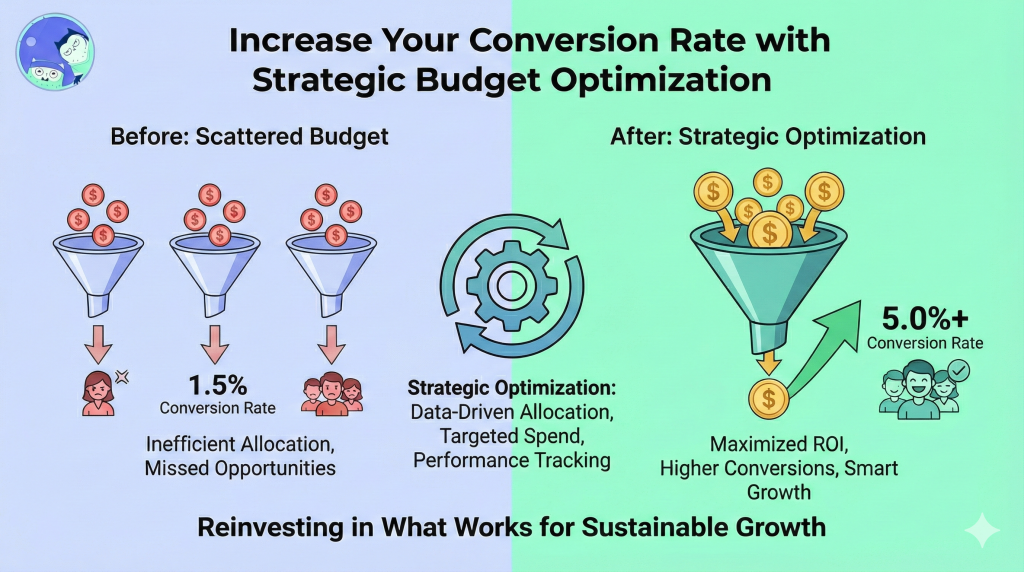
Increase your conversion rate with strategic budget optimization.
Maximize conversion with CBO
Consolidate Similar Ad Sets
Instead of spreading your budget thinly across multiple ad sets targeting similar audiences, combine them under CBO. Facebook's algorithm then decides how to allocate the budget effectively, focusing on the ad sets that perform best.
Start with Minimum Budget
Starting with a minimum budget is a savvy move in Facebook advertising. It allows you to test the waters, gather data, and refine your strategy without overspending. Begin conservatively, analyze performance, and then scale up your budget for the ad sets that show promise.
Monitor and Adjust
Monitoring and adjusting your ad sets regularly is essential for successful Facebook advertising. Keep a close eye on performance metrics, and tweak targeting, ad creatives, and budgets as needed to maximize your ad campaign's effectiveness.
Utilize A/B Testing
Experiment with different ad creatives, audience segments, or placements to identify what works best. It helps fine-tune your campaign for optimal results.
Ad Set Prioritization
By assigning priority to top-performing ad sets, you ensure they receive more budget allocation, maximizing their impact. Meanwhile, lower-priority sets receive fewer funds, optimizing your ad spend and enhancing overall campaign efficiency.
Boost efficiency with ABO
Precise Budget Control
Precise Budget Control is crucial when employing ABO. It allows you to set specific budgets for individual ad sets, aligning with your campaign objectives. By allocating resources strategically, you ensure that each ad set maximizes its potential, whether it's driving sales, generating leads, or promoting brand awareness.
Customized Schedules
Customized schedules enable you to optimize ad delivery based on your audience's behavior and time zones. By tailoring ad schedules to align with peak engagement periods, you can significantly improve the effectiveness of your campaigns.
Specific Bid Strategies
You can set unique bid strategies for different ad sets, optimizing for specific objectives like conversions or link clicks. This granular control ensures that your budget is allocated efficiently, maximizing results.
Unique Targeting
By customizing demographics, interests, and behaviors, you can tailor your messaging to different segments of your audience. This approach ensures that your ads reach the right people with the right message, improving your chances of driving conversions and engagement.
Regular Monitoring
Regular monitoring is essential for successful ad campaigns. It ensures that your ads are performing as expected and allows for timely adjustments to optimize results.
For comprehensive tracking and analytics tools, you can rely on platforms like Two Owls - Omega Pixels, which provide valuable insights into your ad performance, audience engagement, and conversion rates, helping you make data-driven decisions for your campaigns. Besides, optimizing your ads with Facebook UTM tracking links is essential for advertising.
FAQ
What are the 3 levels of Facebook ads?
Facebook advertising is structured into three main levels: Campaign Level, Ad Set Level and Ad Level.
How many ads should you have per campaign?
A good starting point is to have at least 3 to 5 ad variations per ad set within your campaign. This allows for A/B testing and helps you identify which ad performs best with your target audience.
Is Advantage campaign budget the same as CBO?
Yes. The Advantage Campaign Budget is a renaming of the previous CBO (campaign budget optimization) feature.
Conclusion
Navigating the CBO vs. ABO landscape may feel like choosing between two powerful allies. Remember, there's no one-size-fits-all answer. Your ideal choice hinges on your campaign's complexity, budget, and desire for control.
For streamlined campaigns with similar ad sets, CBO can be your efficiency powerhouse. Let Facebook's algorithm work its magic and watch your ROAS soar. But if granular control and diverse targeting are your game, ABO hands you the reins. Fine-tune each ad set's budget and strategy to optimize performance across various audiences.
Ultimately, the key is to experiment, analyze, and adapt. Test both methods, track your results, and let the data guide your decisions. Whether you choose CBO or ABO, remember, the true magic lies in understanding your audience, crafting compelling creatives, and continuously optimizing your campaigns for peak performance. Now go forth and conquer the world of online advertising!
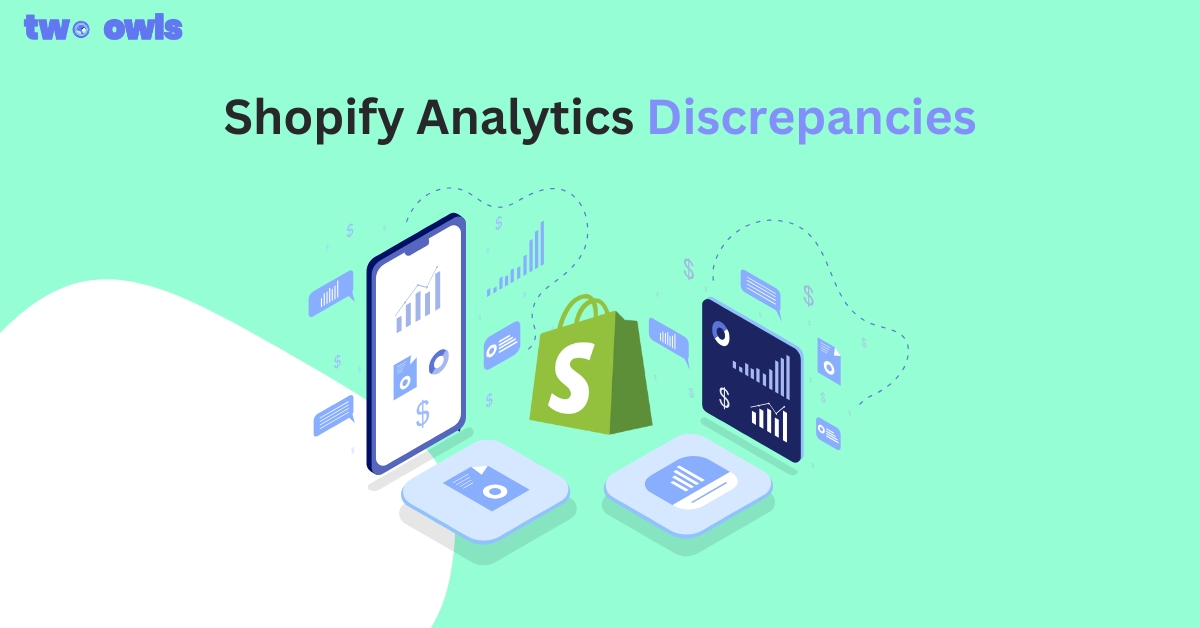
Shopify Analytics Discrepancies: What’s Actually Happening?
Introducing Real-time TikTok event testing - Omega TikTok Pixels
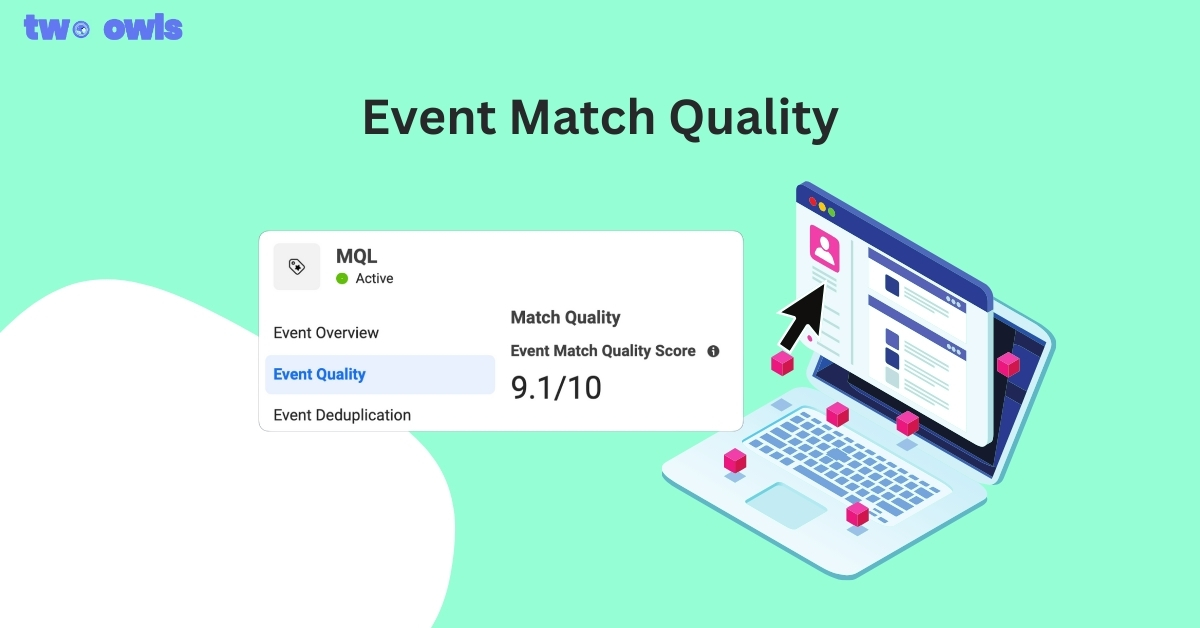
Event Match Quality: Definition, Benchmarks & How to Improve It
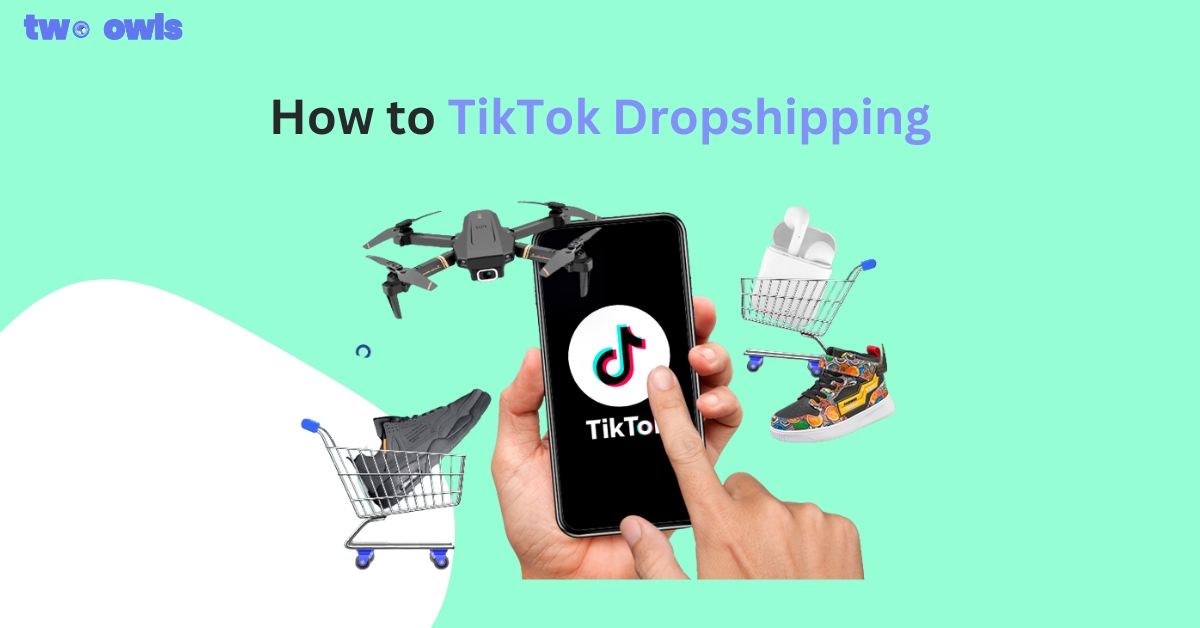
TikTok Dropshipping: How to Build a Profitable Store in 2026
